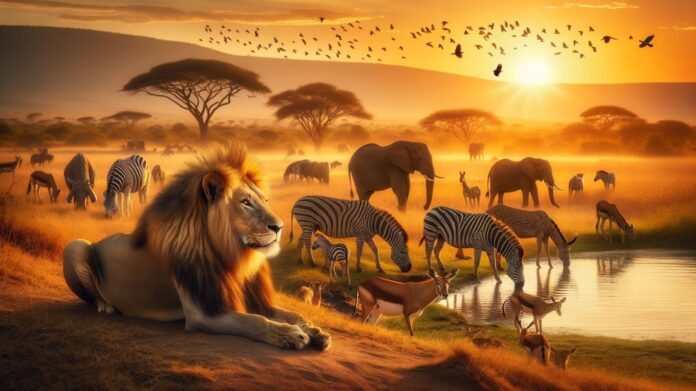Wildlife in India
India, a land brimming with biodiversity, offers an enchanting escape into the wild. From the dense forests of the north to the tropical greenery of the south, the Indian subcontinent is a mosaic of habitats, each narrating a unique story of nature and wildlife. Embarking on a safari through its national parks and sanctuaries is not just a journey; it’s an exploration into the heart of the earth’s most compelling natural wonders. Let’s traverse this diverse landscape and uncover the treasures it holds.
1. The Royal Bengal Tiger’s Realm: Ranthambore National Park
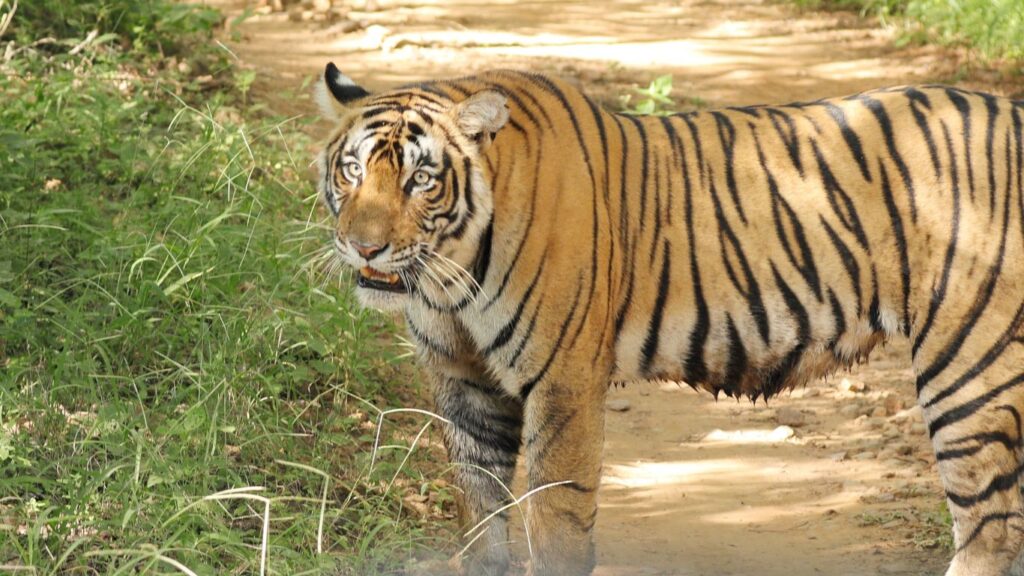
Nestled in the arid lands of Rajasthan, Ranthambore National Park is a realm where the majestic Royal Bengal Tiger reigns supreme. As our jeep maneuvers through the rugged terrain, ancient banyan trees and crumbling ruins of the Ranthambore Fort create a backdrop reminiscent of a scene from a Jungle Book story. The thrill of spotting a tiger in its natural habitat, camouflaged amidst the dry deciduous forests, is an unmatched experience. Beyond the tigers, the park is a haven for a variety of wildlife, including leopards, sloth bears, and myriad bird species.
2. The Elephant’s Whisper: Kaziranga National Park
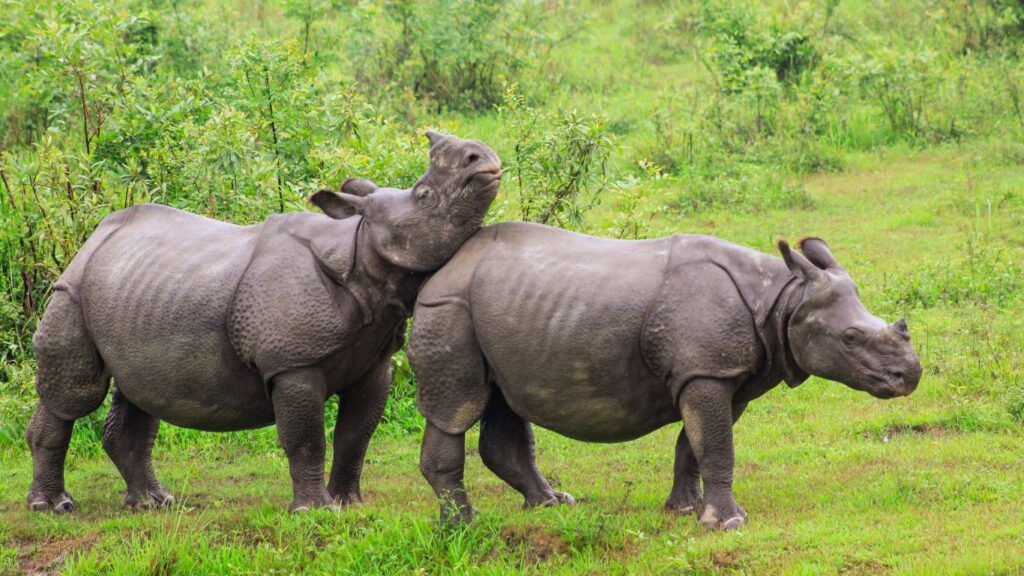
In the heart of Assam lies Kaziranga National Park, a UNESCO World Heritage Site, famed for hosting two-thirds of the world’s great one-horned rhinoceroses. The park’s vast grasslands and wetlands are also home to large herds of elephants, wild buffalos, and swamp deer. A safari here, particularly during the misty mornings, is like flipping through the pages of a prehistoric chapter. Watching a herd of elephants gracefully traverse the tall elephant grass is a serene and humbling experience.
3. The Snow Leopard’s Secret Haven: Hemis National Park
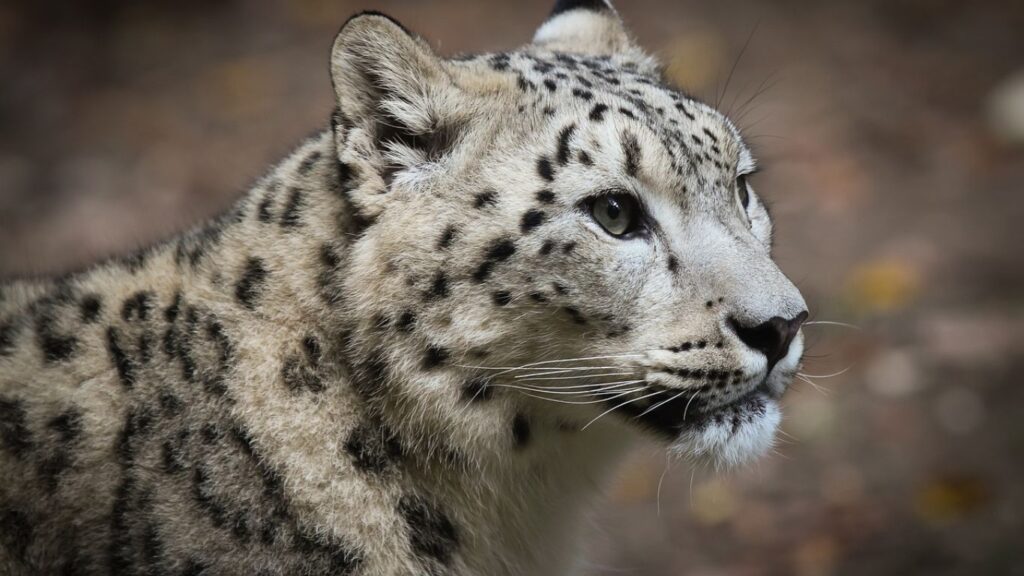
Hemis National Park, located in the eastern Ladakh region of Jammu and Kashmir, is a cold desert that harbors the enigmatic snow leopard. This high-altitude national park, set amidst the stark and stunning landscape of the Himalayas, offers a unique safari experience. Trekking through this rugged terrain in search of the elusive ‘Ghost of the Mountains’ is not for the faint-hearted but is incredibly rewarding. The park is also a refuge for other high-altitude wildlife like the Tibetan wolf, Eurasian brown bear, and red fox.
4. The Bird Paradise: Keoladeo Ghana National Park
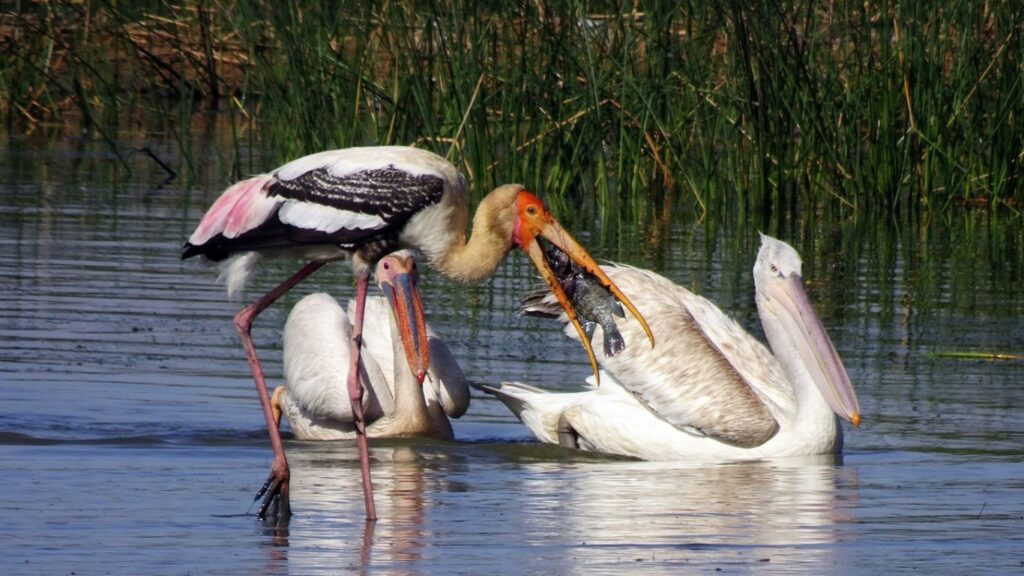
Formerly known as Bharatpur Bird Sanctuary, Keoladeo Ghana National Park in Rajasthan is a birder’s paradise. The park’s marshes, grasslands, and woodlands are a tapestry of vibrant colors and melodies, especially during the winter months when migratory birds from as far as Siberia make it their home. Witnessing thousands of birds, including the rare Siberian crane, painted storks, and different species of eagles, is a spectacle that leaves birdwatchers and nature enthusiasts in awe.
5. The Dance of the Wild: Bandhavgarh National Park

Bandhavgarh, in the heart of India’s Madhya Pradesh, is known for having one of the highest densities of Bengal tigers in the world. The ancient Bandhavgarh Fort, perched on the park’s highest hill, offers a panoramic view of the sprawling forests below – a landscape where tigers, leopards, Indian bison, and various deer species coexist. The park’s open grasslands and dense forests create a perfect stage for witnessing the drama of the wild.
Conservation Efforts: The Lifeline of Indian Wildlife
India’s commitment to conserving its rich wildlife heritage is evident in the thriving population of various species within these parks. Yet, the challenges of poaching, habitat loss, and human-wildlife conflict persist. Sustainable tourism, awareness, and active participation in conservation efforts by local communities and visitors alike are pivotal for the longevity of these natural havens.
Conclusion: A Journey of Discovery and Wonder
A safari through India’s national parks and sanctuaries is not merely a vacation; it’s a journey of discovery, understanding, and profound appreciation for the natural world. Every park offers a distinct story, a unique melody of the wild that beckons nature lovers, photographers, and adventurers. As we tread lightly and respectfully through these wild domains, we not only witness the spectacle of India’s diverse wildlife but also become part of a larger narrative of conservation and coexistence. Pack your binoculars, charge your cameras, and ready your senses for an unforgettable expedition into the heart of India’s breathtaking wildlife.
FAQs on Indian Wildlife Safaris
Q1: What is the best time to visit Indian national parks and sanctuaries for wildlife safaris?
A1: The best time for wildlife safaris in India is typically from October to June. The specific months can vary depending on the region and the species you’re interested in seeing. For instance, the winter months are ideal for bird watching in Keoladeo Ghana National Park.
Q2: Do I need special permits for these wildlife safaris?
Yes, most national parks in India require visitors to obtain entry permits. These can often be arranged in advance through tour operators or at the park’s entrance. Some parks may have additional requirements for specific zones or activities like trekking in snow leopard territory.
Q3: What kind of wildlife can I expect to see in these parks?
A3: India’s national parks offer a diverse range of wildlife. Expect to see species like the Bengal tiger, Indian one-horned rhinoceros, Asian elephants, snow leopards, various deer species, and an incredible variety of birds, among others.
Q4: Are there guided tours available in these national parks?
A4: Yes, most national parks in India offer guided tours, which can be on vehicles, on foot, or even on elephant back in some cases. These guided tours are led by knowledgeable guides who can enhance your safari experience.
Q5: Is it safe to visit these wildlife sanctuaries?
A5: Wildlife safaris in India are generally safe, especially when guidelines and park rules are followed. Visitors are usually accompanied by experienced guides and rangers who ensure safety and offer valuable insights into the wildlife and ecosystem.
Q6: Can I engage in photography during my safari?
Absolutely, photography is a popular activity during wildlife safaris. However, it’s important to respect wildlife by maintaining a safe distance and not using flash photography, which can disturb animals.
Q7: How can tourists contribute to conservation efforts in these parks?
A7: Tourists can contribute by choosing responsible tour operators, respecting local guidelines, not littering, and possibly contributing to local conservation funds or initiatives. Educating oneself about the wildlife and ecosystems of the regions visited also helps in spreading awareness.
Q8: Are there accommodation facilities inside these national parks?
A8 Many national parks in India have accommodation options ranging from basic forest lodges to luxury resorts. It’s advisable to book in advance, especially during peak tourist seasons.
